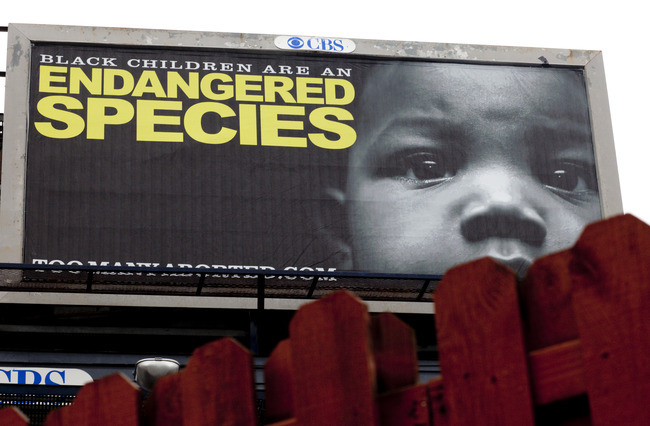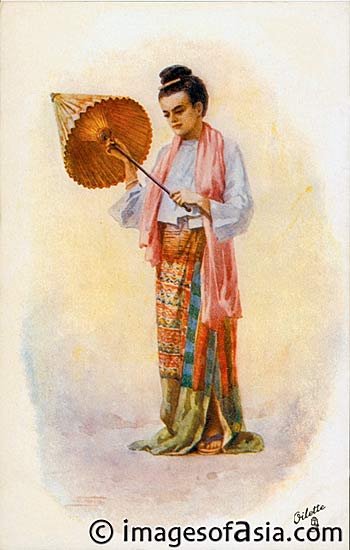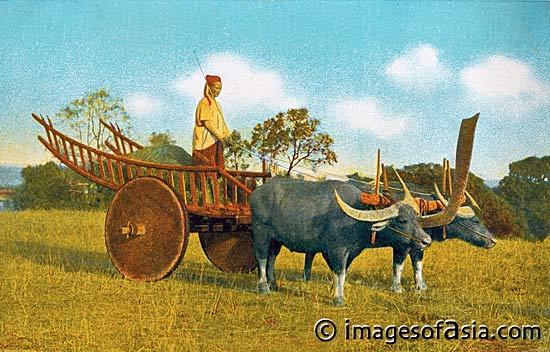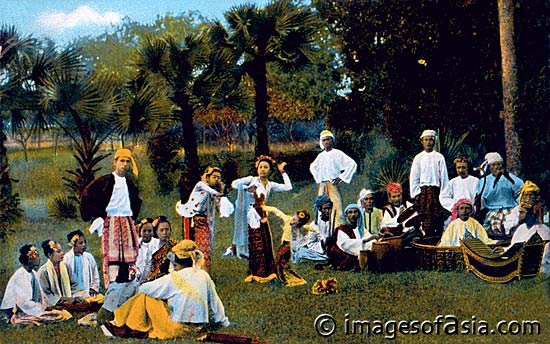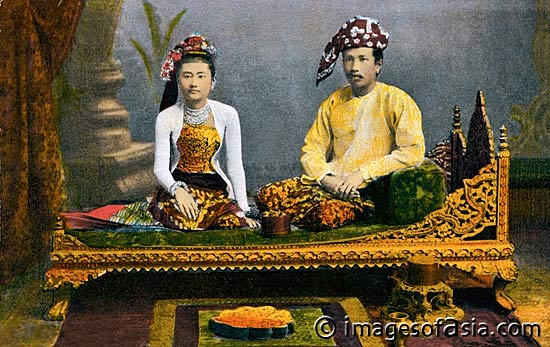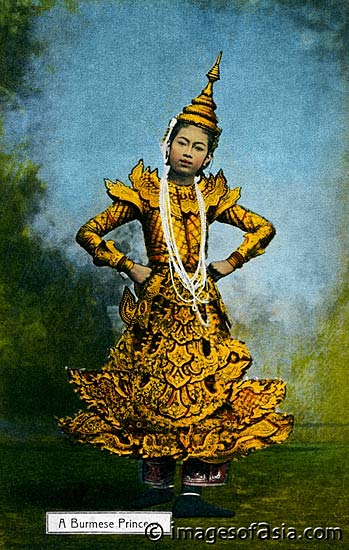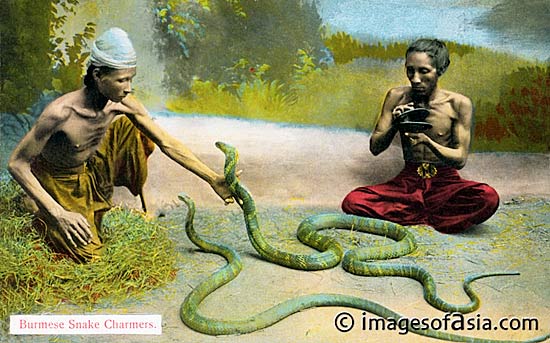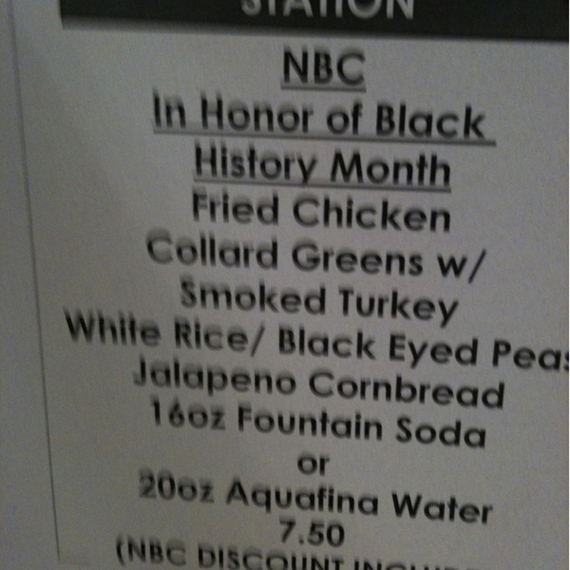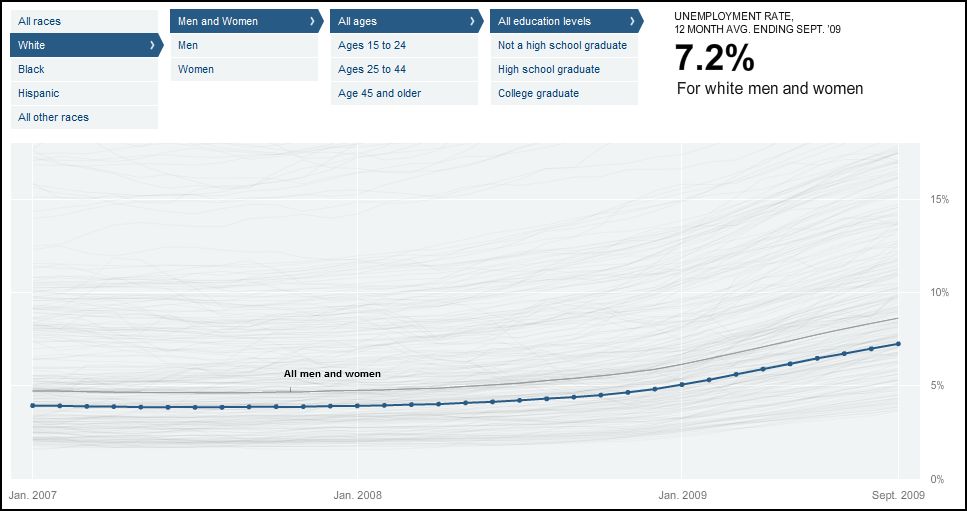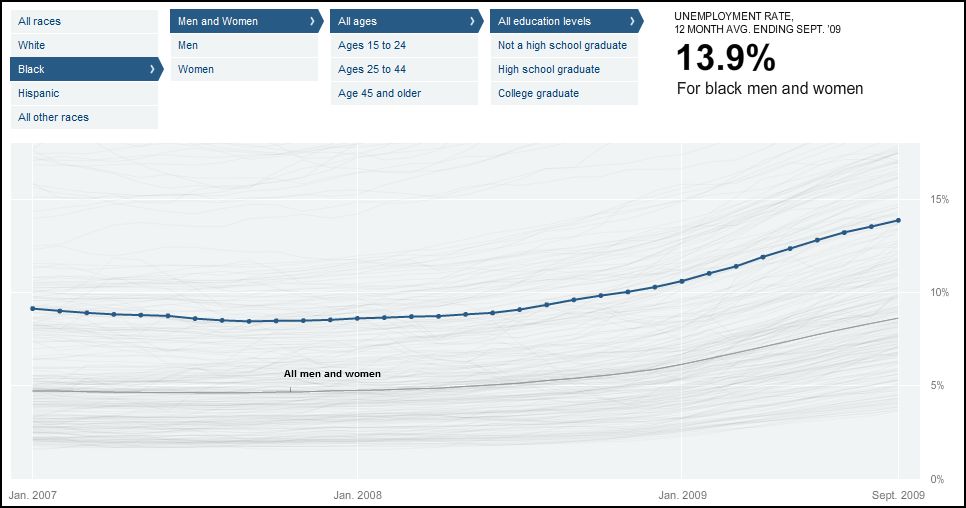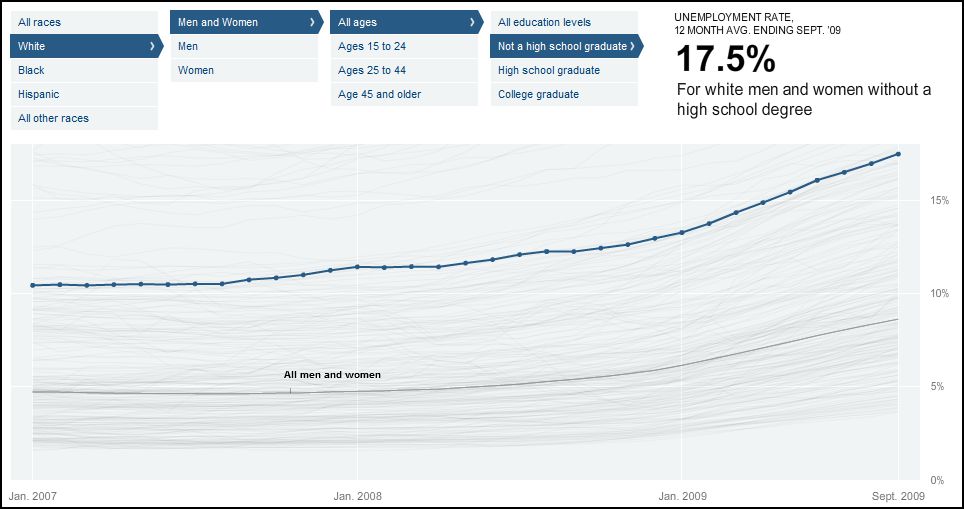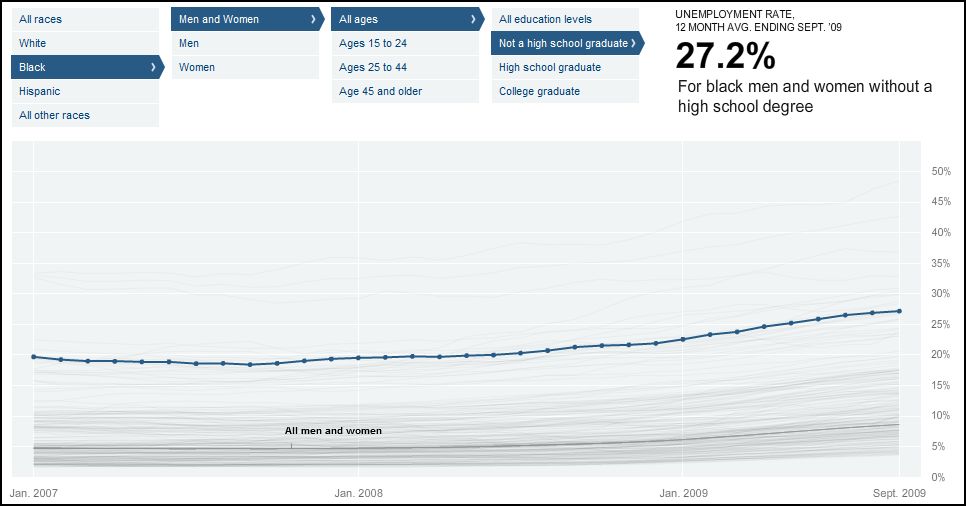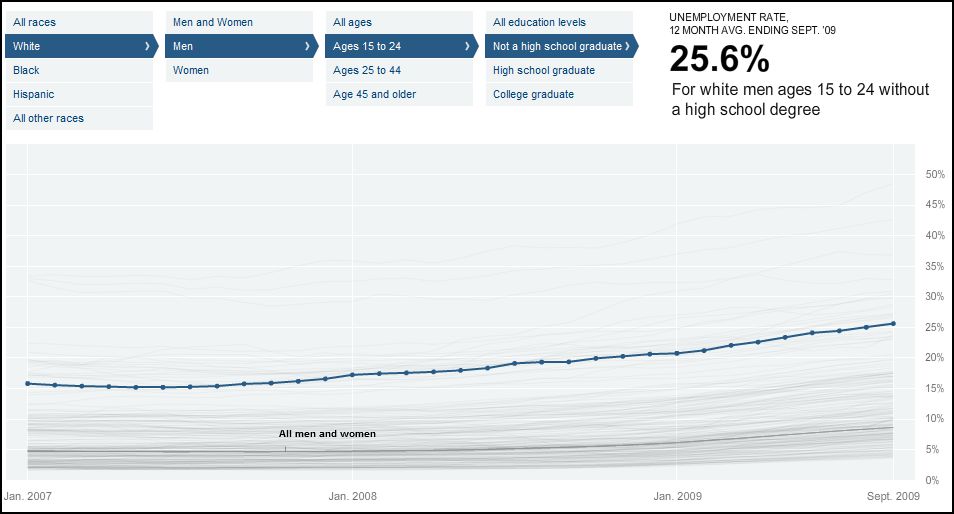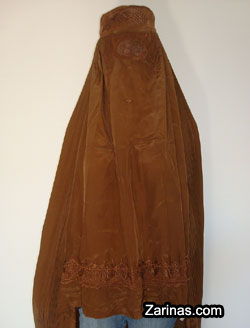Emily D., Jeff S., and Dmitriy T.M. have all sent in links to a series of billboards, recently put up in Atlanta, that suggest that abortion is a form of genocide against African Americans:
We’ve posted before on the argument that abortion should be made illegal because it is used disproportionately against the children of Black mothers. There are good reasons to both credit and discredit this argument, but I’d like to point out something a bit different.
The fact that abortion is highly politicized in the United States, deeply connected to feminism (but not race or class movements), and framed as a contest between “life” and “choice” seems natural to most Americans. Indeed, it’s hard for many Americans to imagine a world in which the procedure is less politicized or debated differently. But the politics of abortion in the U.S. is not the only kind of abortion politics that could exist. Myra Marx Ferree‘s award-winning book comparing abortion politics in the U.S. and Germany, Shaping Abortion Discourse, is a great example (with Gamson, Gerhards, and Rucht).
So, whether you agree or disagree with the claims in these billboards, they nicely jolt us out of our acceptance of abortion politics as is. How might thinking about abortion as a race issue or a class issue change the debate?
NEW! (Mar. ’10): Dmitriy T.M. let us know about this billboard in Poland, sponsored by the Center for Bio-Ethical Reform, that connects abortion to Hitler (found at Opposing Views). The text reads, “Abortion for Polish women introduced by Hitler on March 9, 1943.” It was put up in time for International Women’s Day on March 8th.
I’m putting it after the jump–it has images of bloody fetuses and might not be safe for some workplaces.

